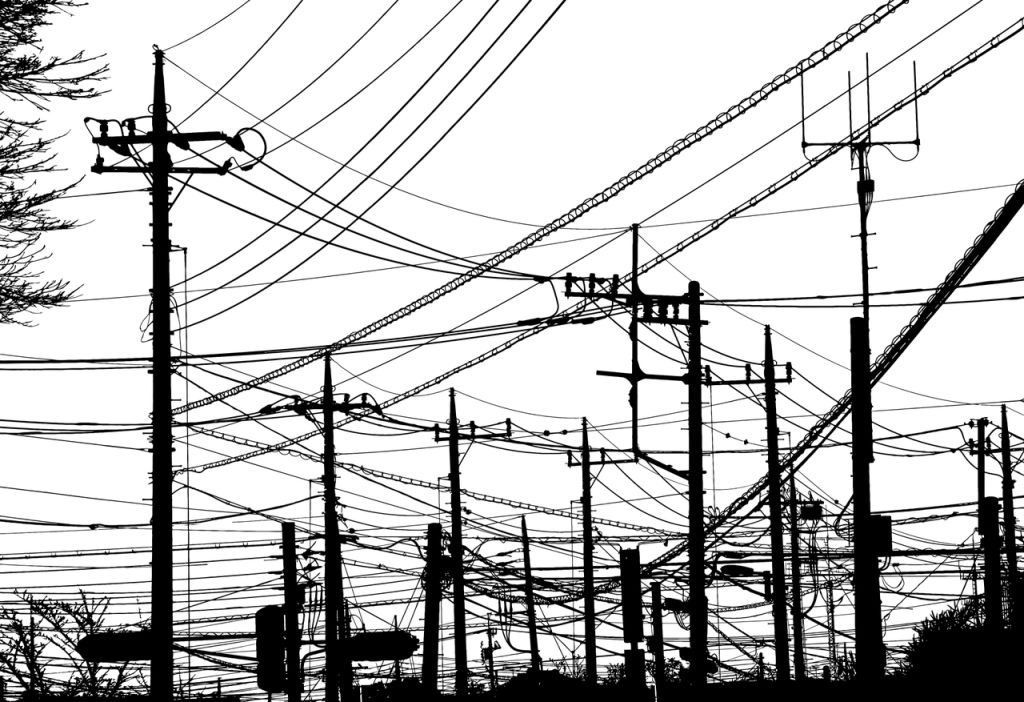Today we will talk about the types of wiring systems or electrical wiring classification.
The wiring system is a method by which we transport electricity from the electric meter or power supply to various installed appliances via wires.
These are some basic factors to be considered while selecting a wiring system:
- Initial Cost
- Durability
- Appearance
- Mechanical Protection
- Safety From Fire
- Accessibility
- Life
Electrical Wiring Classification
Electrical Wiring Systems are classified into four types, as given below:
- Cleat Wiring System
- Batten Wiring
- Casing-Capping Wiring
- Conduit Wiring
Casing Capping Wiring System is sub-divided into two types:-
- Wooden Casing-Capping
- PVC Casing-Capping
In the same way, the Conduit Wiring System is further sub-divided into two types:
- Surface Conduit Wiring (installed inside the wall surface)
- Concealed Conduit Wiring (installed outside the wall surface, also known as underground wiring)
1) Cleat Wiring System
It is a temporary wiring in which wires are laid from one place to another through cleats. There are two parts: one is the upper cleat and the other is the lower cleat and there are 2 or 3 recesses for passing wire in between the cleats.
At first, the lower cleat is screwed to the wall, then wires are seated in recesses, and then the upper cleat is screwed over the lower cleat.
Types of Cleats: There are two types of Cleats (Double passage cleat and triple passage cleat)
This type of wiring is done over the wall surface and it is not even much good in appearance. Generally, this system is not used in homes. It is used for temporary requirements. For example: in marriage, party, construction work, etc.
2) Batten Wiring System
In this wiring, the wires are laid over Wooden Battens to spread from one place to another. At first, wooden battens are installed in the required places and then wires are clipped on them. This wiring is also not so good in appearance.
3) Casing-Capping Wiring System
The next system of wiring is Casing-capping wiring which is being used at a large scale nowadays.
In this wiring, wires are carried from one place to another through the casing, and then capping is done over the casing. The lower part is called casing and the upper part is called Capping.
Casing-Capping is also further divided into two types:
- Wooden Casing-Capping
- PVC Casing-Capping
Nowadays, PVC casing-capping is being mostly used.
In this wiring, at first, a diagram is made by drawing lines on places where wires are needed to be placed. Then Casing is screwed over those lines and capping is done after placing wires in the casing.
4) Conduit Wiring System
Now let’s talk about Conduit Wiring. In this, wires are carried from one place to another through pipes. These pipes may be made up of iron or PVC. Conduit wiring is also of two types:
- Surface Conduit Wiring (Pipes are placed over the surface of walls through clamps and the wires are drawn through them)
- Concealed Conduit Wiring (For installing electrical conduit wiring of concealed type, pipes are placed under the surface of walls during the construction work of the building and the wires are drawn after construction)
Conduit Wiring is considered to be the best and the most reliable wiring system, so being used the most.
So this was our complete detail on different types of wiring systems. We hope you enjoyed reading this article.
Note: In addition to the above-mentioned 4 types of electrical wiring systems, there are 3 more wiring systems: Tee system, Loop-in system, and Lead Sheathed Wiring. We included only the 4 most common types in the above article.
Also, read the following articles:

